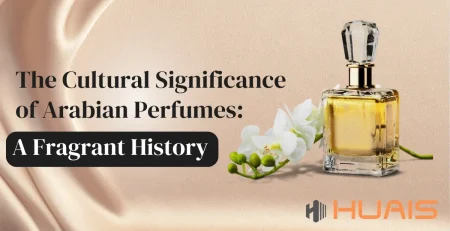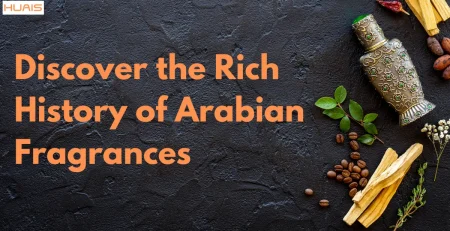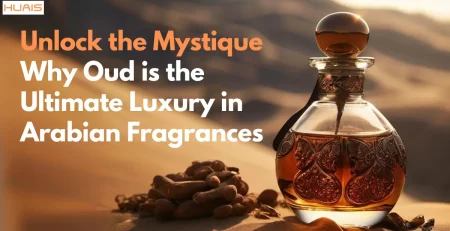
The Captivating Allure of Arabian Oud: What You Need to Know
admin2024-09-19T14:22:25+00:00For centuries, a unique and intoxicating fragrance has emanated from the Middle East, captivating cultures across the globe with its rich, woody aroma.
This fragrance is Arabian oud, a precious oil derived from the resinous heartwood of the Aquilaria tree. Steeped in history and tradition, oud has become a revered ingredient in Arabic perfumery and an integral part of Middle Eastern culture.
Origins and History
The origins of Arabian oud can be traced back to the ancient incense trade routes that crisscrossed the Arabian Peninsula.
The Aquilaria tree, native to Southeast Asia, produces a dark, fragrant resin when infected with a specific type of mold. This resin, known as oud, agarwood, or aloeswood, was highly prized for its distinctive scent and was traded across the region.
In the Arab world, oud quickly became a symbol of luxury and status, used in religious ceremonies, traditional medicine, and as a precious ingredient in perfumes. Its rarity and labor-intensive extraction process made it an expensive commodity, accessible only to the wealthy and elite.
Types of Arabian Oud
Arabian oud comes in various forms, each with its unique characteristics and qualities. The most sought-after and valuable type is the pure, distilled oud oil, which is extracted through an intricate and time-consuming process. This oil is then used as a base for creating exquisite Arabic perfumes, known as “attars” or “mukhallats.”
In addition to pure oil, Arabian oud is also available in the form of chips, resins, and powders. These forms are often used for burning as incense or for adding depth and complexity to perfumes and fragrances.
Popularity and Cultural Significance
Despite its exclusivity, Arabian oud has maintained its allure and popularity throughout the centuries. In the Middle East, it is deeply ingrained in cultural traditions, with many believing in its spiritual and medicinal properties. Oud-based fragrances are considered a mark of sophistication and elegance, and the use of oud is often associated with special occasions and celebrations.
Beyond the Arab world, Arabian oud has gained a global following among fragrance enthusiasts and connoisseurs. Its unique and captivating scent has inspired countless perfumes and fragrances, and the pursuit of rare and exceptional oud varieties has become a passion for many collectors.
In recent years, the demand for Arabian oud has skyrocketed, leading to concerns about sustainability and the conservation of the precious Aquilaria trees. Efforts are underway to promote responsible harvesting and cultivation practices, ensuring that this ancient fragrance tradition can be preserved for generations to come.
From its humble beginnings on the ancient incense routes to its current status as a coveted luxury, Arabian oud continues to captivate and enchant with its complex, woody aroma. Its enduring legacy serves as a testament to the enduring allure of this Middle Eastern treasure.









Leave a Reply